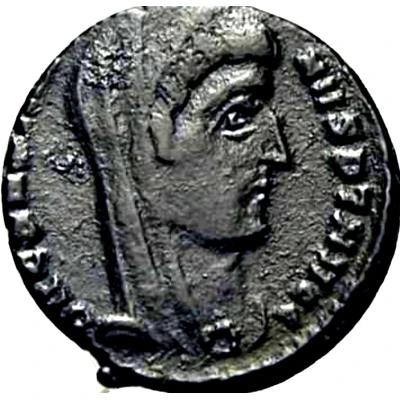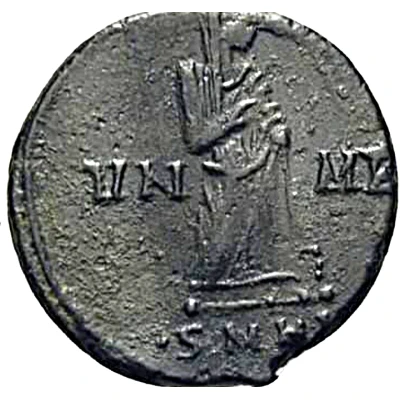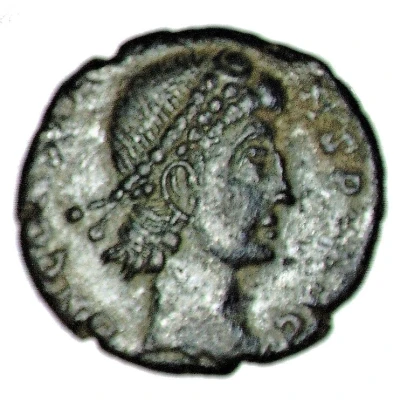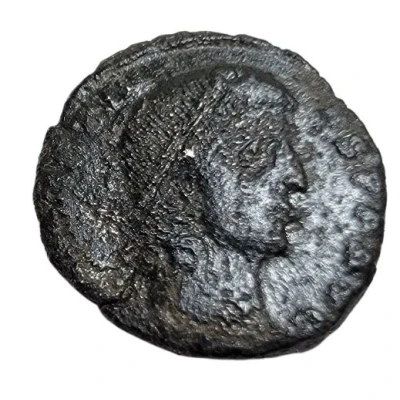


© Leandro Maciel Turi (CC BY-SA)
Nummus - Constantinus I VN MR; Heraclea
| Bronze | 1.4 g | 15 mm |
| Issuer | Rome › Roman Empire (27 BC - 395 AD) |
|---|---|
| Emperor | Constantius II (337-361) |
| Type | Standard circulation coin |
| Years | 347-348 |
| Value | Nummus (1⁄7200) |
| Currency | Solidus, Reform of Constantine (AD 310/324 – 395) |
| Composition | Bronze |
| Weight | 1.4 g |
| Diameter | 15 mm |
| Thickness | 1 mm |
| Shape | Round (irregular) |
| Technique | Hammered |
| Orientation | Coin alignment ↑↓ |
| Demonetized | Yes |
| Updated | 2024-10-04 |
| Numista | N#175898 |
|---|---|
| Rarity index | 80% |
Reverse
Emperor veiled standing right.
Script: Latin
Lettering: VN MR
Interesting fact
The Nummus - Constantinus I (VN MR; Heraclea) coin was part of a large-scale currency reform implemented by Emperor Constantine I, also known as Constantine the Great, in the early 4th century AD. This reform aimed to standardize the Roman Empire's currency and reduce inflation, which had become a significant problem due to the constant issuance of new coins by previous emperors. The Nummus coin was introduced as a replacement for the older bronze coins, and it became the standard bronze coin of the Roman Empire for over a century. Its design featured the image of the emperor on one side and a variety of gods, goddesses, and other symbols on the other, showcasing the religious and cultural diversity of the Roman Empire at the time.



